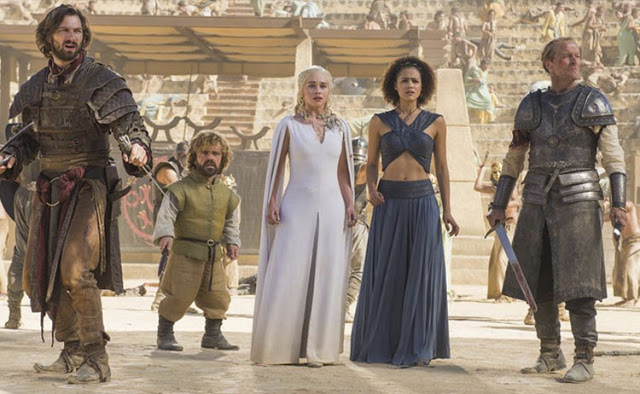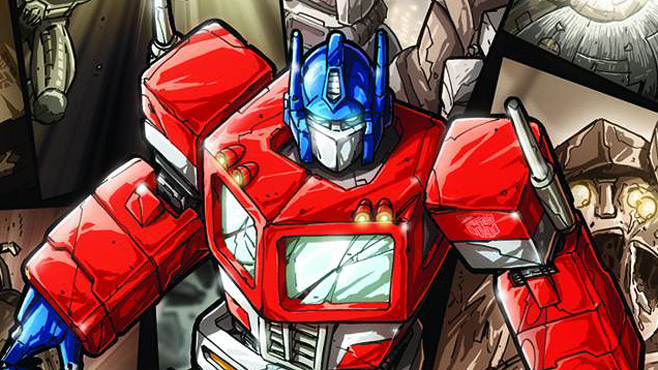
At first glance, it seems a bit ridiculous to pit the Star Wars sequels against the prequels. The easy comparison is between The Force Awakens and the original trilogy, since the former is a continuation of the latter and features many of the same characters. The prequels are basically just extended backstory while the sequels are passing the torch forward to tell something new. TFA was pretty universally loved while the prequels were…not quite as admired. Surely there’s nothing the prequels could offer in terms of advice for the sequels.
It is true that both trilogies have differing relationships to the original trilogy. For the prequels, the originals are the endpoint while for the sequels, they’re just the start. You can’t approach them the same way from a narrative and creative point of view. However, I think it’s worth looking at what the sequel trilogy as a whole could learn from the prequels. After all, both trilogies are basically reaching for the same goal: continue the story of the Skywalker family while living up to the high regard of the originals. That’s not an easy task.
And yes, I’m aware that this may seem counterproductive since pop culture at large tends to have a less than favorable view of the prequels. But there is a lot that the prequels did well, and even where the prequels didn’t succeed there’s something to be learned. When you’re making a sequel, what better way to do so than to look back at what came before to see what worked and what didn’t? And so, there’s three areas in particular where I think the Star Wars sequels would do well to take notes from the prequels.

![24397040[1]](http://eleven-thirtyeight.com/wp-content/uploads/2015/08/243970401-210x300.jpg) If asked about an “alternate universe Star Wars story,” most people might immediately bring the Star Wars Tales comics to mind. Others might bring to mind the old Infinities comics exploring different takes on the Original Trilogy. A few might think of alternate universe scenarios in video games, such as the dark side endings to various games or The Force Unleashed franchise allowing its pet character Starkiller to kill all of our beloved heroes. A really cheeky person might ask if we meant the Legends Expanded Universe. Alternate universe stories might be common in other franchises – especially comic books – but Star Wars rarely draws from that well, except in fan-created works. Even most Star Wars video games would fall into whatever was the canon continuity at the time. Though the obsession of Star Wars with fitting everything into continuity could be the subject of its own article, it’s still strikingly odd that Star Wars almost never consciously creates alternate universe stories. Taking aside the alternate endings for video games, only Dark Horse committed to alternate universe content in any consistent way. The novels conspicuously never touched it, except for early works of dubious continuity value. (Before anybody asks, no, this is not a “Bring Back Legends” article)
If asked about an “alternate universe Star Wars story,” most people might immediately bring the Star Wars Tales comics to mind. Others might bring to mind the old Infinities comics exploring different takes on the Original Trilogy. A few might think of alternate universe scenarios in video games, such as the dark side endings to various games or The Force Unleashed franchise allowing its pet character Starkiller to kill all of our beloved heroes. A really cheeky person might ask if we meant the Legends Expanded Universe. Alternate universe stories might be common in other franchises – especially comic books – but Star Wars rarely draws from that well, except in fan-created works. Even most Star Wars video games would fall into whatever was the canon continuity at the time. Though the obsession of Star Wars with fitting everything into continuity could be the subject of its own article, it’s still strikingly odd that Star Wars almost never consciously creates alternate universe stories. Taking aside the alternate endings for video games, only Dark Horse committed to alternate universe content in any consistent way. The novels conspicuously never touched it, except for early works of dubious continuity value. (Before anybody asks, no, this is not a “Bring Back Legends” article) Pop quiz, hotshot: which great science fantasy franchise is returning to the world in 2015 after many years of absence? Why, Mad Max, of course! George Miller’s post-apocalyptic series has returned to us, and it appears to be in better shape than ever. Critics and audiences appear to be
Pop quiz, hotshot: which great science fantasy franchise is returning to the world in 2015 after many years of absence? Why, Mad Max, of course! George Miller’s post-apocalyptic series has returned to us, and it appears to be in better shape than ever. Critics and audiences appear to be 
